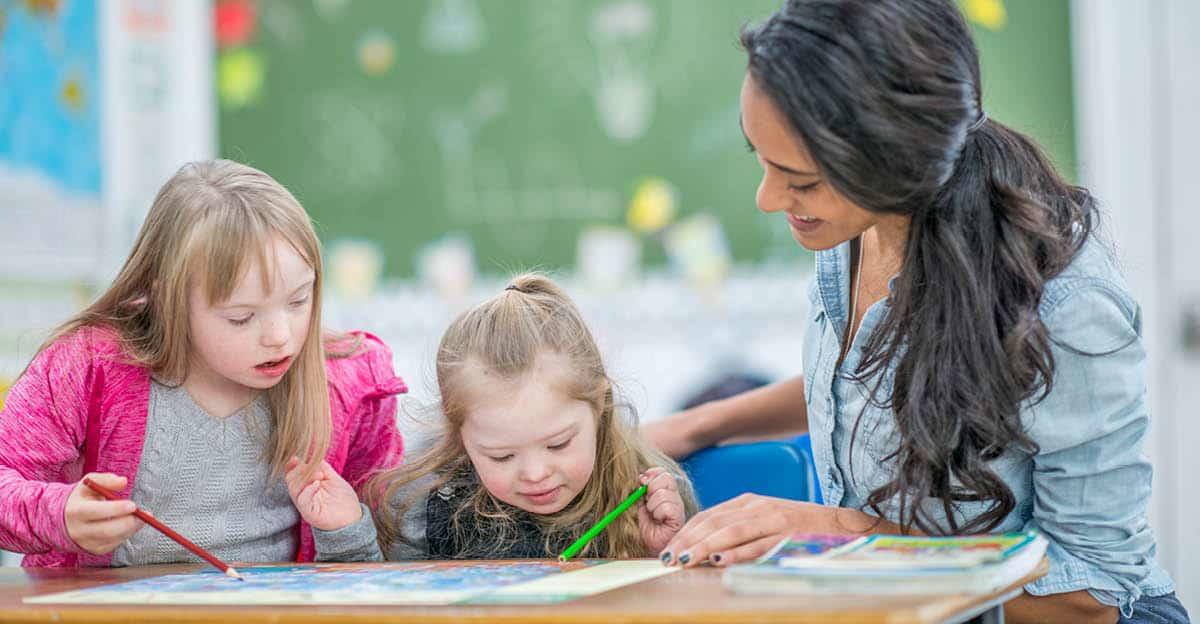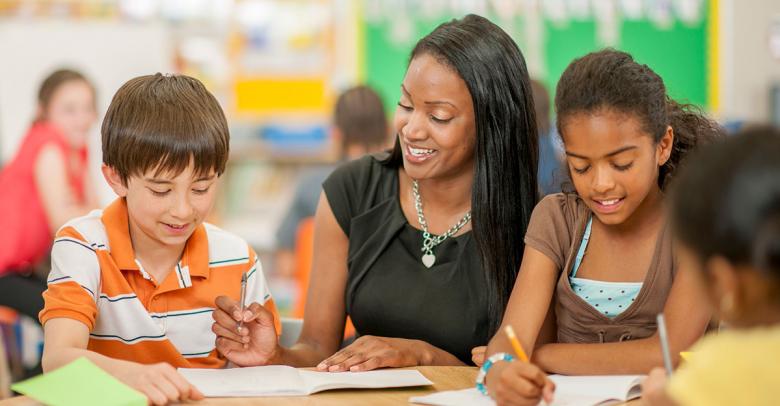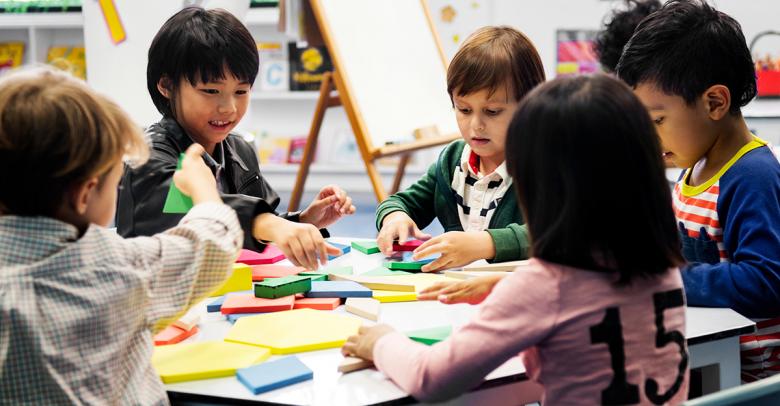Young artists with special needs can learn from and enjoy art class. There are adapted, special solutions that can help them to participate. These five tips for art teachers with students who have special needs may help to get everyone engaged and learning at the same time.
5 Tips for Including Art Students with Special Needs
Do you have a student with special needs in your art class? Check out these five tips from School Specialty’s Occupational Therapist Cecilia Cruse MS, OTR/L for some innovative ideas for support.
1. Sequencing & Processing:
Many students with special needs (autism, LD, ADHD and others) have difficulty with sequencing and processing. Make a visual schedule or set of pictorial directions (first we do ___, then we do ___ , or a simple list of step by step directions with pictures). These visual cues often help with organization and reduce the anxiety of what’s next.
2. Bilateral Motor Coordination (BMC):
BMC is using two sides of the body together in a coordinated manner. Most art projects require good use of both hands often at midline yet many children with special needs struggle with using their dominant hand to do the work, (cutting, drawing, pasting etc.) while using the non-dominant hand to support and stabilize. Consider using a portable slantboard. The top clip helps hold the work in place while the slanted surface promotes better hand/forearm position and reduces glare from overhead lights.
3. Adapted Scissors:
Using scissors is often a challenge because of BMC (see #2) and the weakness of the intrinsic hand muscles. If standard scissors are just not “cutting it,!” then consider using adapted scissors.
4. Easy Grip Tools:
For students with poor fine motor skills a built up surface makes art tools easier to grip and move. Slide an adaptive grip over a pencil or paintbrush, and use Giant Art Stamper Sets and/or a Finger Grip Ruler with a raised center for easier grip.
5. Over-stimulation:
Art is a creative process yet many students with special needs get easily overstimulated. Try reducing the number of choices/decisions that need to be made, such as offering three colors instead of 12 or two template designs instead of five, etc. As with Tip #1, this helps with organization, provides structure and reduces possible distraction and anxiety.
Read More Special Needs
Looking for more ways to engage with and help the kids with special needs in your classroom or school? Be sure to stop by the Special Needs category page to see what’s new, and then visit the online store to find thousands of specially designed products and solutions for learners with special needs.
Read More: Special Needs & Inclusion
Cecilia Cruse
Cecilia Cruse, MS, OTR/L has a BS degree in Occupational Therapy from the University of Florida, and her Master’s degree in Education from Georgia State University. She is SIPT certified and has over 25 years of experience in pediatrics with school-based services, acute care, and outpatient pediatric settings.







Those are great tips. I teach self contained 8th graders and projects in the classroom require detailed attention at times that prove to be overwhelming. I have found that preparing all the pieces first helps. (I am a scrapbooker and card maker.) If you prepare everything first, put it all in a sandwhich bag, the students still get to complete a project. It takes time and planning, but it’s worth it when a student has a completed project. You take away the midstream ‘I give up’ .